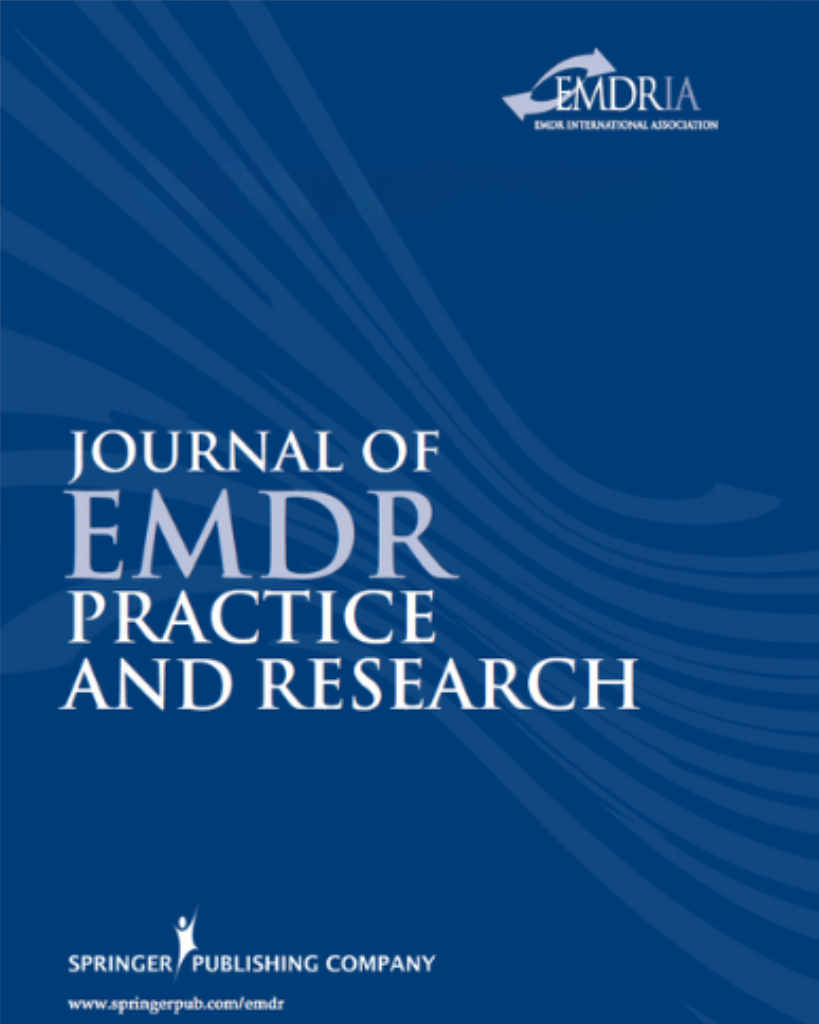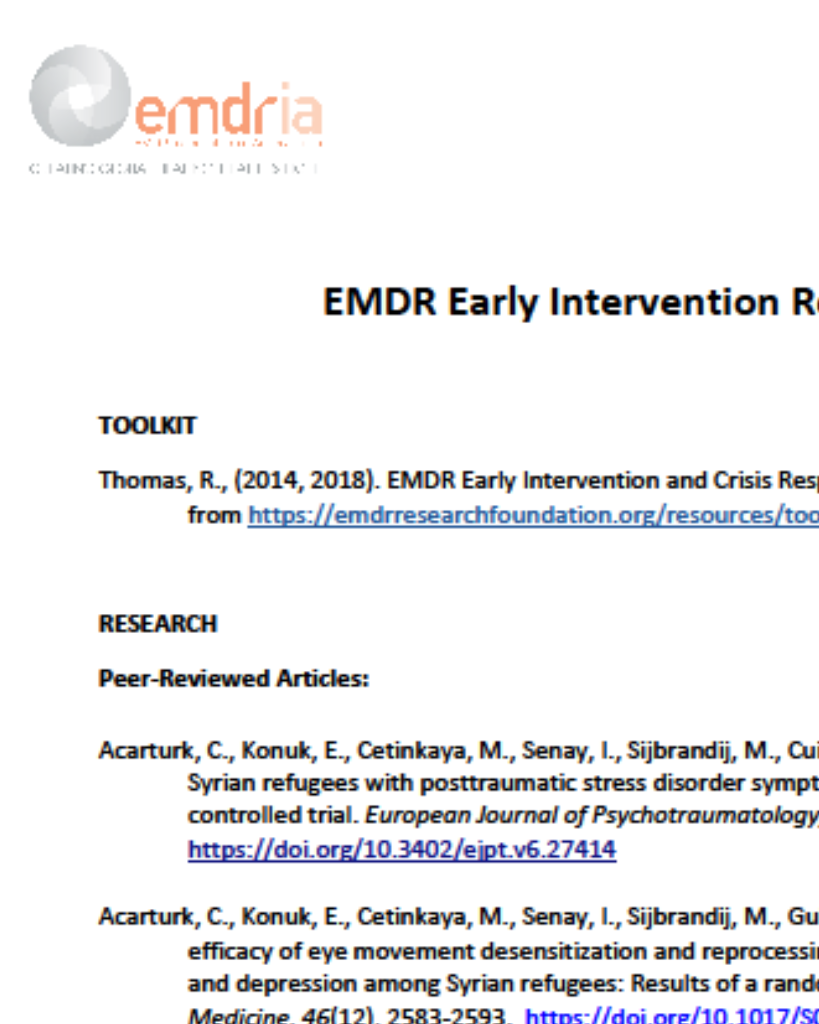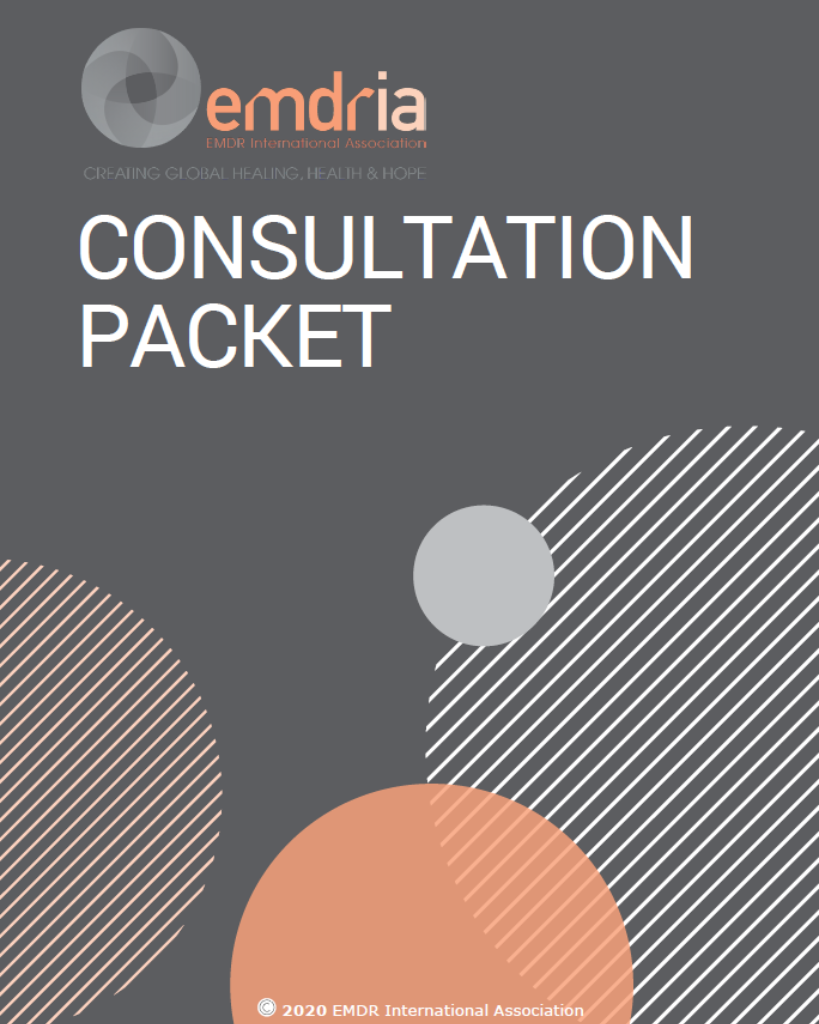The Neurobiology of EMDR: Exploring the Thalamus and Neural Integration
One underlying mechanism of EMDR stimulation (BLS) is likely thalamic activation specifically of the ventrolateral and central-lateral nuclei.
Article Abstract
“Recent neuroimaging studies on posttraumatic stress disorder (PTSD) have revealed a consistent decrease in thalamic activity, relative to non-PTSD controls. Empirical studies of the past decade have shown the thalamus to be centrally involved in the integration of perceptual, somatosensory, memorial, and cognitive processes (thalamo-cortical-temporal binding). A theoretical model is proposed to suggest that one underlying mechanism of EMDR stimulation (dual-attention stimulation/bilateral stimulation [DAS/BLS] ) is thalamic activation, specifically of the ventrolateral and central-lateral nuclei. It is hypothesized that this may facilitate the repair and integration of somatosensory, memorial, cognitive, frontal lobe and synchronized hemispheric functions that are disrupted in PTSD.”
—Description from publisher
Article Access
Open Access
Bergmann, U. (2008). The Neurobiology of EMDR: Exploring the Thalamus and Neural Integration. Journal of EMDR Practice and Research, 2(4), 300–314. https://doi.org/10.1891/1933-3196.2.4.300
About the Journal
The Journal of EMDR Practice and Research is a peer-reviewed publication devoted to integrative, state-of-the-art papers about Eye Movement Desensitization and Reprocessing. It is a broadly conceived interdisciplinary journal that stimulates and communicates research and theory about EMDR, and their application to clinical practice. The Journal of EMDR Practice and Research is the Official Publication of the EMDR International Association.
Date
November 1, 2008
Creator(s)
Uri Bergmann
Practice & Methods
BLS, Neurobiology
Extent
15 pages
Publisher
Springer Publishing Company
Rights
Copyright © 2008 EMDR International Association
APA Citation
Bergmann, U. (2008). The Neurobiology of EMDR: Exploring the Thalamus and Neural Integration. Journal of EMDR Practice and Research, 2(4), 300–314. https://doi.org/10.1891/1933-3196.2.4.300
Series
2
Installment
4
Audience
EMDR Therapists
Language
English
Content Type
Peer-Reviewed
Original Source
Journal of EMDR Practice and Research
Access Type
Open Access





